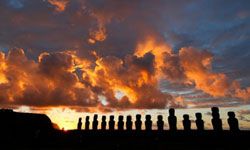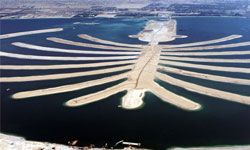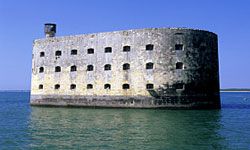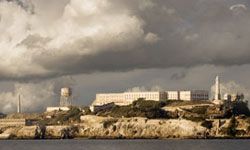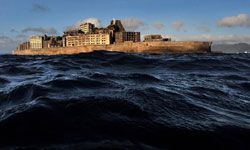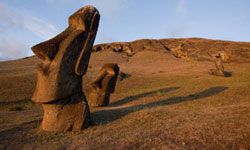For people who spend most of their time on the mainland, islands can be inherently interesting places. While some lie just off the coast, many can be found dotting the remote regions of the world's great oceans like tiny homesteads on a vast, empty plain. Island scenery is often very picturesque, with prevalent ocean views, and weather can be as unpredictable as it can be beautiful. Given the isolation and allure of such locations, it's no coincidence that some of the world's most famous getaways are on islands.
What some islands lack in charm, however, they make up for in peculiarity. Sometimes these strange qualities are natural, like the presence of plants, animals and geologic formations unlike any others on Earth. Other times the curiosity is man-made. Abandoned cities, haunted buildings, eccentric rituals and unexplained relics are just a few things that make many islands more bizarre than they are beautiful. Read on to discover more about Earth's most abnormal atolls.
Advertisement
